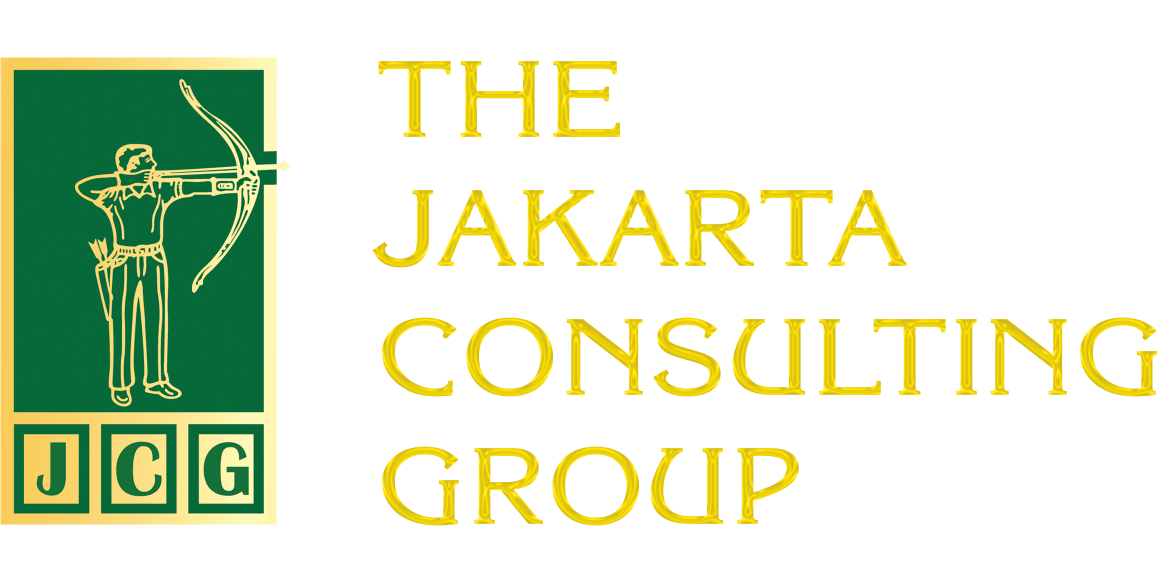Many organizations decline after losing their talented employees. The main cause is that their replacements do not have the same capabilities as their predecessors. Often, this problem is caused by the absence of a structured on-the-job training system to prepare the next generation. This is not only true for family businesses, but also for other organizations.
Therefore, if an organization wants to thrive and remain successful, it must not only establish a succession system but also ensure that potential successors are truly ready to take on their responsibilities with reliable skills. Typically, it takes years to prepare replacements, such as through employee training programs. However, sometimes circumstances force organizations to accelerate this process.
So, is there a way to quickly improve the competence of potential leaders while still being effective? The answer is yes! Here’s how:
Identify the Skills Needed
Don’t rush into job training to prepare the next generation in your organization. The first step in improving the competence of potential successors is to determine the most important skills for the position that will be transferred.
Employees do not need to learn all skills at once. Learning should focus on 3–5 key competencies that most influence performance in that position. For example, for the role of director, priorities could be given to strategic decision-making, leadership in managing change, and the ability to influence the organization.
Involve Incumbents

To ensure the on-the-job training process runs optimally, involve current incumbents, direct supervisors, and the HR department in mapping competencies. Performance evaluation data and potential assessments can also be used to ensure the training program aligns with actual needs.
Provide Hands-On Experience
Classroom training is not everything. Research shows that hands-on experience contributes 70 percent to learning. Social interaction contributes 20 percent, and formal training 10 percent. What does this mean?
To accelerate the learning process, do not rely too much on classroom training. Instead, assign successors tasks that resemble the challenges they will face in the future. For example, prospective successors for factory manager positions can be given the responsibility of leading an efficiency improvement project involving various departments.
This way, they not only gain hands-on experience but also hone their leadership, decision-making, and negotiation skills.
Provide Sponsors
One of the fastest ways to transfer knowledge and organizational culture is through mentoring. In addition to mentoring, successors often need sponsors. In the context of job training, a sponsor is someone who paves the way and provides political support within the organization (the politics referred to here are not related to government at the state level).
The role of a sponsor is crucial. They can provide strategic exposure to successors. Moreover, sponsors typically have the ability to drive career development by granting access to important projects.
Provide Honest and Constructive Feedback
One factor that hinders competency development is the lack of honest and constructive feedback during the job training process. Therefore, organizations need to implement a system of regular feedback from superiors, colleagues, and subordinates.
Coaching
Professional coaching facilitates competency improvement. Through coaching, potential successors can evaluate their strengths and areas for improvement. A coach can also help successors set learning objectives in a job training program.
Instilling a Growth Mindset
In the context of leadership, successful leaders are not those who have superior knowledge and skills. It is their mindset that determines their success. A growth mindset, a sense of ownership, and agility are things that must be instilled from an early age.
There are several ways to instill this growth mindset. For example, stories from employees or senior leaders, reflective discussions, and leadership training that focuses on values, ethics, and self-awareness.
Adopting Digital Technology
When used appropriately and wisely, technology can greatly assist in job training. Interactive e-learning platforms, microlearning methods, and digital simulations can be effective companions to face-to-face learning. Take advantage of Learning Management Systems (LMS) to monitor learning progress, deliver appropriate material, and support independent learning.
Leveraging AI

The use of artificial intelligence (AI) is growing rapidly. IBM uses AI and advanced analytics to strengthen its succession planning framework: large-scale data on employee performance, skills, and career aspirations to identify high-potential leaders and align them with future leadership roles.
Predictive analytics further refines this process, forecasting future leadership needs to enable IBM to make the right talent development and training decisions. This approach will ensure that leadership pipelines are well-prepared and agile to meet the company’s evolving strategic goals.
Don’t Rely Solely on Internal Training Programs
A leader will develop faster if they are open to outside perspectives. Therefore, leaders should actively participate in external forums, industry seminars, panel discussions, and build professional networks. This way, leaders will better understand industry trends, learn about best practices that can be adapted, and expand their networks so that their future roles will be optimized.
Organizations must set deadlines for successor readiness. For example, within six months, they must complete rotations in various functions, or within three months, they must be able to lead a strategic initiative.
Related Posts:
Effective Leadership Amidst the Storm: Strategies for Surviving in an Era of Global Uncertainty
Trump Tariffs and Crisis Leadership
Post-Truth and Echo Chamber in Leadership Decisions
Digital Emotional Intelligence:The Main Soft Skills of Today’s Leaders
Green Flag vs. Red Flag Leader: Are You the Leader the Team Wants?











